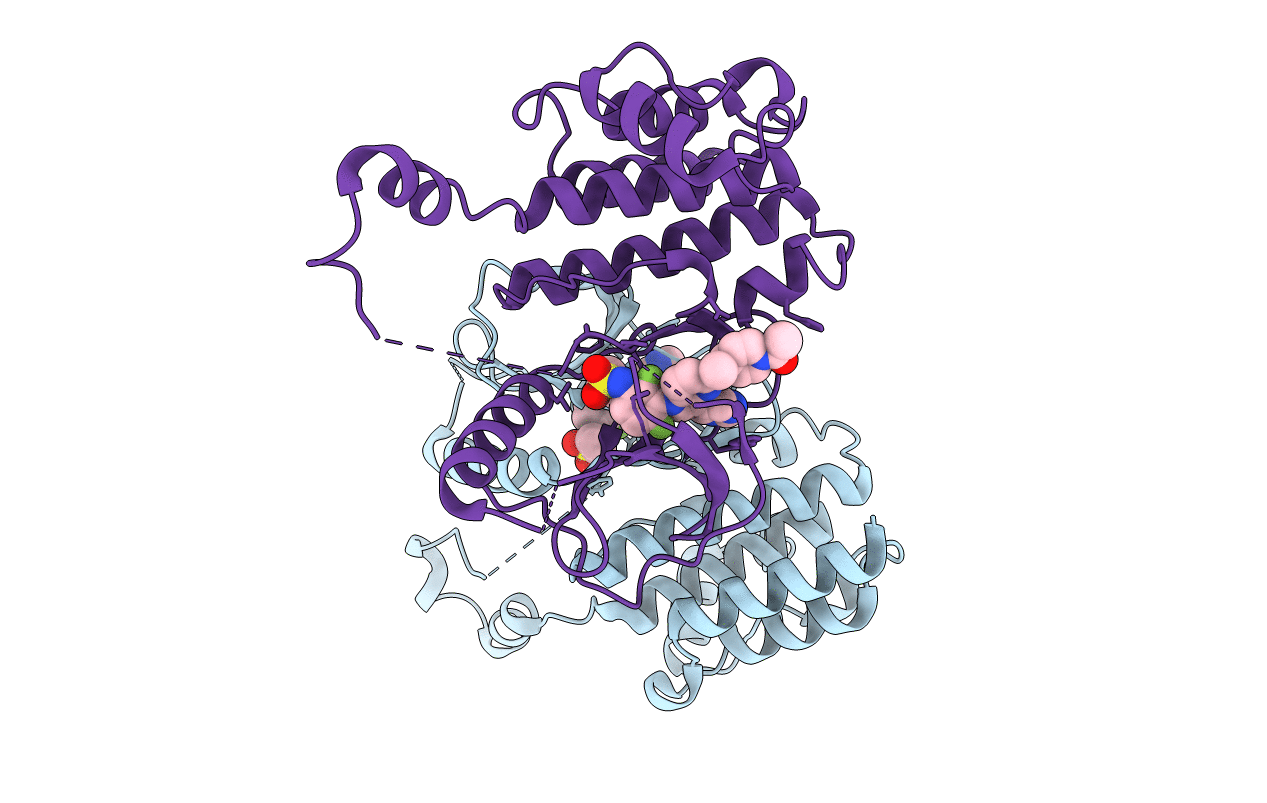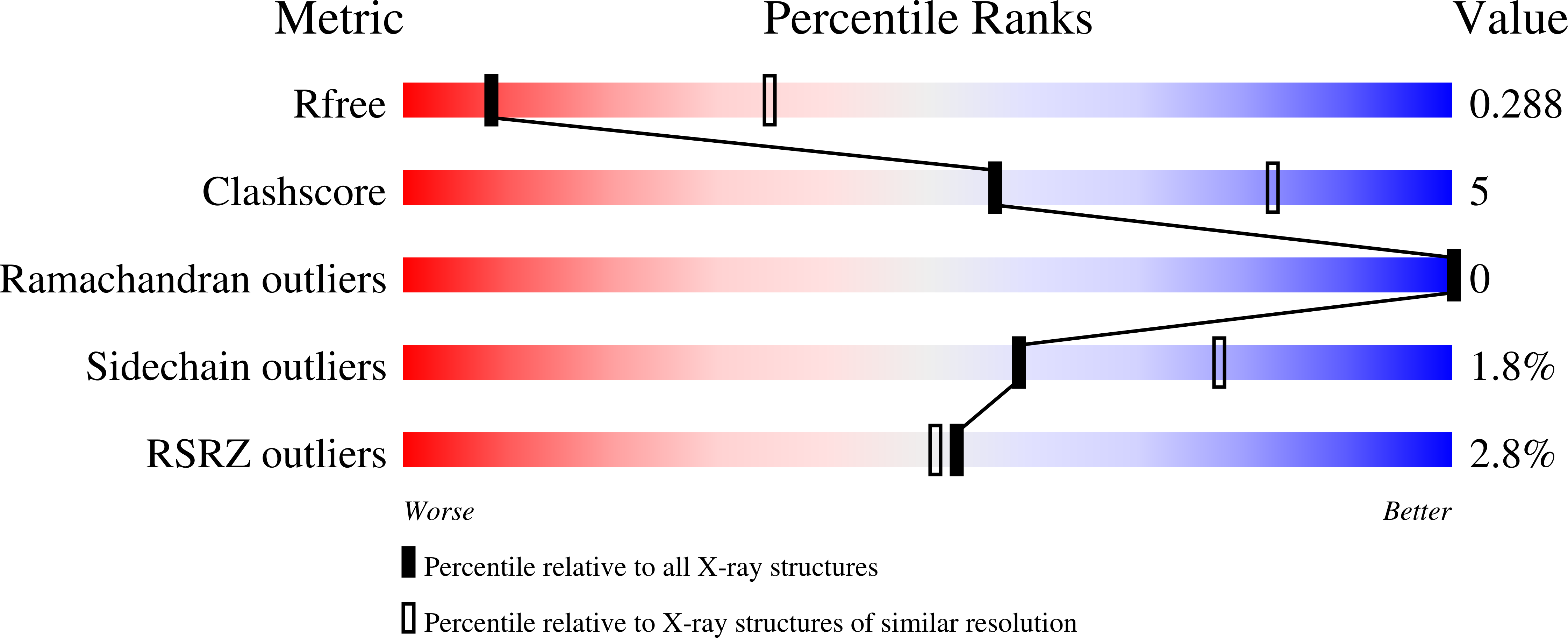
Deposition Date
2019-10-30
Release Date
2020-06-03
Last Version Date
2023-10-11
Entry Detail
PDB ID:
6UUO
Keywords:
Title:
Crystal structure of BRAF kinase domain bound to the PROTAC P4B
Biological Source:
Source Organism:
Homo sapiens (Taxon ID: 9606)
Host Organism:
Method Details:
Experimental Method:
Resolution:
3.29 Å
R-Value Free:
0.28
R-Value Work:
0.26
R-Value Observed:
0.26
Space Group:
P 21 21 21


